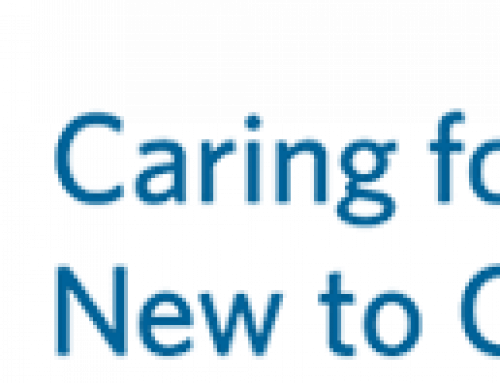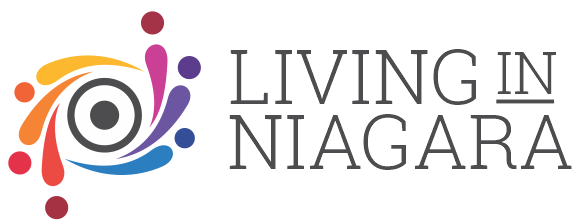In 2017, Niagara Region Public Health took a Life Course Approach to analyzing and visualizing Niagara’s Top Health Issues (“Top 10”). Forty-nine thousand lines of data from a variety of sources (Canadian Community Health Survey data, EMS transports, ED visits, Hospitalizations, Reportable infectious diseases and death data) were combined to create a picture of what Niagara’s health issues are by age and stage of life. The main reasons why Niagara residents interact with health services are:
- Cancer
- Circulatory system infections and diseases
- Diabetes
- Digestive system infections and diseases
- Injuries
- Maternal/reproduction
- Mental health (including dementia)
- Poisoning
- Respiratory infections and diseases
- Sexually transmitted infection
The Life Course approach to data visualization:
- Identifies times at which targeted interventions may be especially effective; and
- Enables Niagara Region Public Health to provide services that serve as safety nets and springboards for individuals during key life periods, to alter life course trajectories in a positive way.
Obesity was the number one Self-Reported Condition between 2011 and 2014 for all age groups from 12 to 65 and over. Mental health issues are also of concern (as identified from multiple data sources), throughout the lifespan.
Source: Jan. 31, 2017 “Niagara’s Top Health Issues” Presentation by Medical Officer of Health – Video 00:21:00 to 00:55:00. Niagara Region Public Health and Community Services Committee.
Published By: Niagara Region Public Health
Publication Date: February 2017
View The Life Course Approach to Analyzing and Visualizing Niagara’s Top Health Issues








